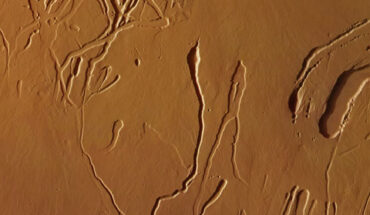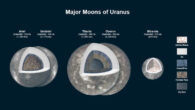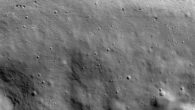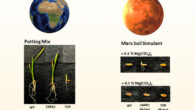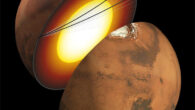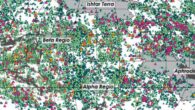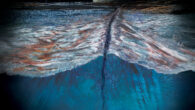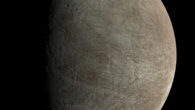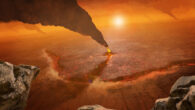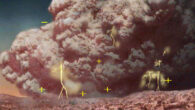Ascraeus Mons is the northernmost and tallest of three prominent volcanoes found in the Tharsis region of Mars, a volcanic plateau in the planet’s western hemisphere. This image from ESA’s Mars Express shows the southern flanks of Ascraeus Mons, the second-tallest volcano on Mars. This image comprises data gathered by Mars Express’ High Resolution Stereo Camera (HRSC) on January 15, 2023. Image credit: ESA / DLR / FU Berlin / CC BY-SA 3.0 IGO. Ascraeus...

